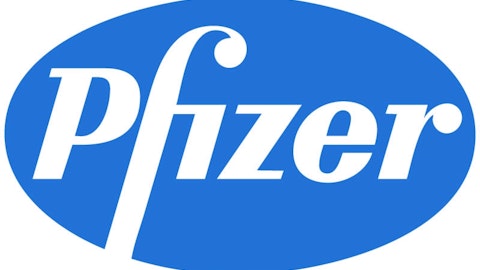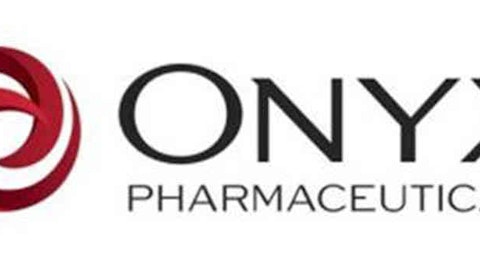The aging population as well as the higher number of people who will receive benefits under new healthcare laws should combine to produce rising profits for a variety of companies with exposure to the sector. My favorite way to play this upcoming trend is through the drug companies, which should benefit from the significantly increased need for prescription medications that will result from the aforementioned causes. There are many good options in the sector, with my current favorite being Pfizer Inc. (NYSE:PFE). With the company set to report its second quarter earnings on Tuesday, July 30, now is a good time to take a look at the company and where it may be headed.
A little about Pfizer

The company’s sales declined in 2012 from the year before, and are projected to do the same this year, mainly as a result of patents expiring on several key products. I view this as an opportunity as opposed to a weakness, as Pfizer Inc. (NYSE:PFE) is investing a tremendous amount of money in R&D spending, and new products should take the place of old ones as the company’s leaders. In fact, Pfizer currently has 25 drugs in the latter stages of development, with 2012 being a particularly good year for the company in terms of FDA approvals of new drugs.
Cheap or not?
Despite the falling revenues, Pfizer Inc. (NYSE:PFE) trades just below its 52-week high and is on an uptrend in the current month. Pfizer is projected to earn $2.17 this year, meaning that shares are trading for 13.5 times the current year earnings. The consensus calls for Pfizer to earn $2.32 and $2.42 in 2014 and 2015, respectively, mainly on the overall strength in the sector. However, investors must bear in mind that the pharmaceutical industry carries certain inherent risks, such as drug approvals, which can wreak havoc on profitability.
Also worth mentioning is Pfizer Inc. (NYSE:PFE)’s 3.3% dividend yield, which is above-average for the sector and has been raised fairly consistently over the years. Pfizer is also a very cash-rich company, with about $32.7 billion on its balance sheet.
Similar (but different) choices
There are plenty of choices in the sector that would make excellent investments; I simply prefer Pfizer because of the sheer breadth of its product offerings, which provides a certain degree of stability. Other favorites include Merck & Co., Inc. (NYSE:MRK), which reports its earnings on the same day as Pfizer, and Novartis AG (ADR) (NYSE:NVS).
Merck & Co., Inc. (NYSE:MRK) is just a little smaller than Pfizer in terms of market cap, and is experiencing some of the same patent-expiration woes. Merck produces such prescription drugs as Januvia, Singulair, Remicade, and Vytorin to name a few. Unlike Pfizer, Merck has a substantial OTC and consumer products business, which includes medications such as Claritin and personal care products such as Dr. Scholl’s foot care products and Coppertone suntan lotion. Although Merck looks just a little more expensive on paper at 13.8 times 2013’s projected earnings, the company also pays a higher dividend yield of 3.6% that can make a big difference over a long period of time.




